When I took over the helm of Practical Sailor more than 15 years ago, although it was never explicitly stated, the mission seemed pretty clear—help sailors make smart, practical decisions regarding purchases and practices related to sailing.
Our focus then was mostly on the evaluating the boats, gear, and equipment that make sailing safer, easier, and more fun. During the past 10 years, significant changes in boats and equipment have compelled us to dig deeper into the “practices” side of the equation. We are finding that many common assumptions once held by sailors no longer apply to some of the new materials and technology. Examples of these more seamanship-centered reports range from how to work with new high-tech ropes to how to make the most of today’s super-accurate compass sensors.
Lately, I’ve noticed that our work carries shades of grander scheme, like a wave that briefly rises to reveal the sea’s inscrutable purpose. And this prompted my reflection on a “mission statement” that better conveys what I and our contributors—and that includes countless readers who share your own hard-won experiences—are trying to do. To some, it may ring as too self-important, but I think it honestly reflects the push-and-pull of ideas that goes into each report.
Practical Sailor, I believe, should to be the place “where science meets the art of sailing.”
Regarding the science, our testing program is more sailing-focused than those carried out by institutions like the American Society of Testing and Materials, but, as much as possible, we try to incorporate universally accepted protocols for evaluating a particular material or process. Our in-house research has even helped to shape new ASTM test protocols, and helped inform new standards and policies at the Environmental Protection Agency, the American Boat and Yacht Council, and the United Kingdom’s Maritime Accident Investigation Branch. Manufacturers frequently refer to our tests to help improve their products or to develop new ones.
In my view, improving boats, gear, and seamanship is just the starting point for a wider range of new discoveries, knowledge that can be applied beyond sailing world. The implication is that each voyage is more than a self-indulgent diversion (not to diminish the values of personal growth, recreation, and good clean fun). So, if a sailor were to accept this role as a seagoing scientist, what can they bring to the table?

The answer is, a lot. Long after the “age of discovery” sailors have used their voyaging experiences to contribute to the fields of meteorology, marine science, engineering and geography. Their careful research and reporting has led to new discoveries in linguistics, anthropology, and even music. I imagine there are very few corners of science that haven’t been influenced by at least one sailor who drew from their experiences on the water for inspiration. Sailing requires a deceptively wide range and depth of knowledge. Each of us are well-equipped to offer something. Living aboard is by its nature an experiment in reducing our impact on the earth’s ecosystems.
One potential research track seems obvious. Most sailors recognize that the sailing life brings encounters with the natural world that few people ever experience. For many, the promise of these experiences is what drew us to sailing. In addition to the intimate connection with wind and waves, we come face-to-face with fascinating wildlife—humpback whales, spinner dolphins, storm petrels, and myriad undersea creatures. After these encounters, many sailors have expressed same sentiment that I felt: the animal clearly recognized me and was trying, in their own unique fashion, to communicate.
A disoriented Risso’s dolphin beached near our boat in Bali, and after thrashing madly in the shallows, she became docile in the arms of several cruising sailors, seeming to understand they were trying to help. During our long passage to Guam, a humpback whale followed alongside our ketch for hours, as if trying nudge us toward a safer course around a poorly charted reef in the Caroline Islands. In Borneo, an orphan orangutan at a wildlife refuge refused to let go of my hand, determined to lead me down a jungle trail. Now we’re discovering that even trees of different species seem to have a common language.

As we hurtle down the path toward the sixth extinction, the expression “every little bit counts” offers little consolation to anyone who is paying attention. Clearly, without some drastic changes in human behavior that seems only possible through a magic pill or global intervention, many of the species we connect with on our voyages are in peril. Some are already extinct. Others seem bound to disappear no matter what we do. But doing something is always better than doing nothing.
Fortunately, there are dozens of organizations where sailors can take on the role of citizen scientists. They offer opportunities to expand our understanding of the material world and gather information that can help guide meaningful action on a broader scale. Advances in mobile sensors and satellite communication, in particular, have created a range of new opportunities for sailors to collect data at sea or in their ports of call.
Here are a few sites I’ve found that feature citizen-science projects suitable for sailors; I’m sure there are more. If you know of other ways that sailors can help contribute to science, or if have a close encounter with wildlife you’d like to share, please drop a link in the comments below – or email me at [email protected]. And if you’d like to apply your professional background and natural inquisitiveness to Practical Sailor projects, reach out to me at the same email address. Our door is always open to scientists, marine professionals, and experienced sailors who like to tinker in a space where science meets the art of sailing.
Citizen Science on a Yacht: How You Can Effect Change





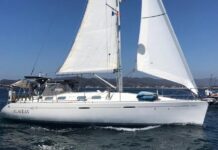

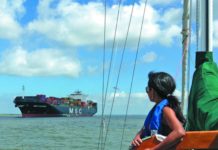


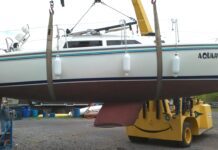
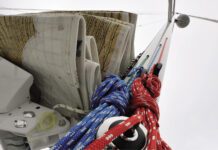

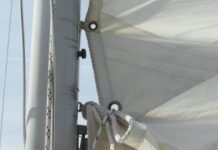
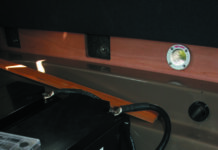

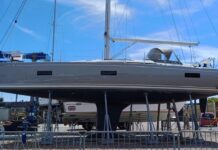
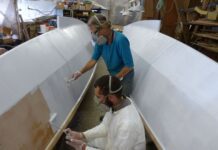



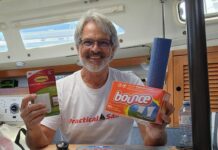


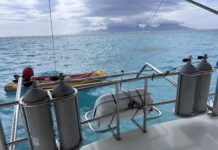

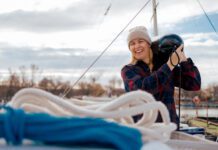
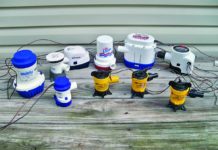
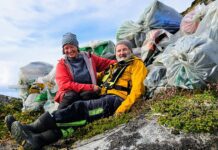

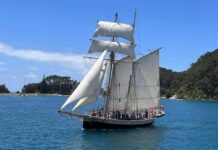


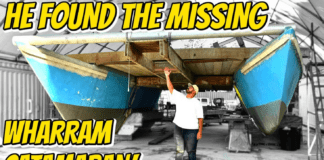




There a project out of Edinbourgh to measure plankton in the world’s oceans. See https://www.goesfoundation.com/
Adventure Scientists is worth checking out.
https://www.adventurescientists.org/